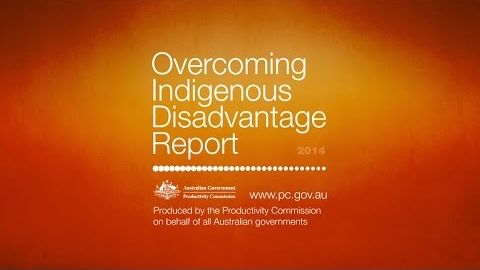《2014年克服土著人劣勢報告》 (Overcoming Indigenous Disadvantage Report 2014)
VoiceTube 發佈於 2021 年 01 月 14 日  沒有此條件下的單字
沒有此條件下的單字- n. (c./u.)人;人們;人們;家人;員工
- v.t.居住
- n. pl.人們
US /ɪmˈpruv/
・
UK /ɪm'pru:v/
US /ˈpɑzɪtɪv/
・
UK /ˈpɒzətɪv/
- adj.積極的;建設性的;確定的;正極的;積極的;有利的;陽性的;樂觀的;正數的;正像的
- n.正片
US /ˈnʌmbɚ/
・
UK /ˈnʌmbə(r)/
- n. (c./u.)數字;短曲;短歌;總數
- v.t.編了號的;給...編號;計入

